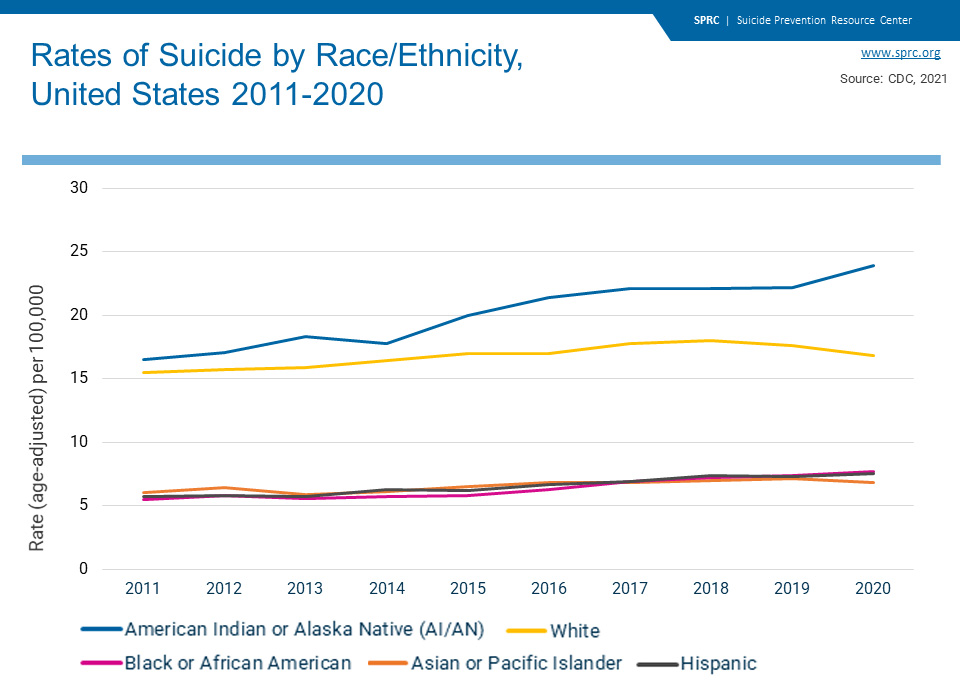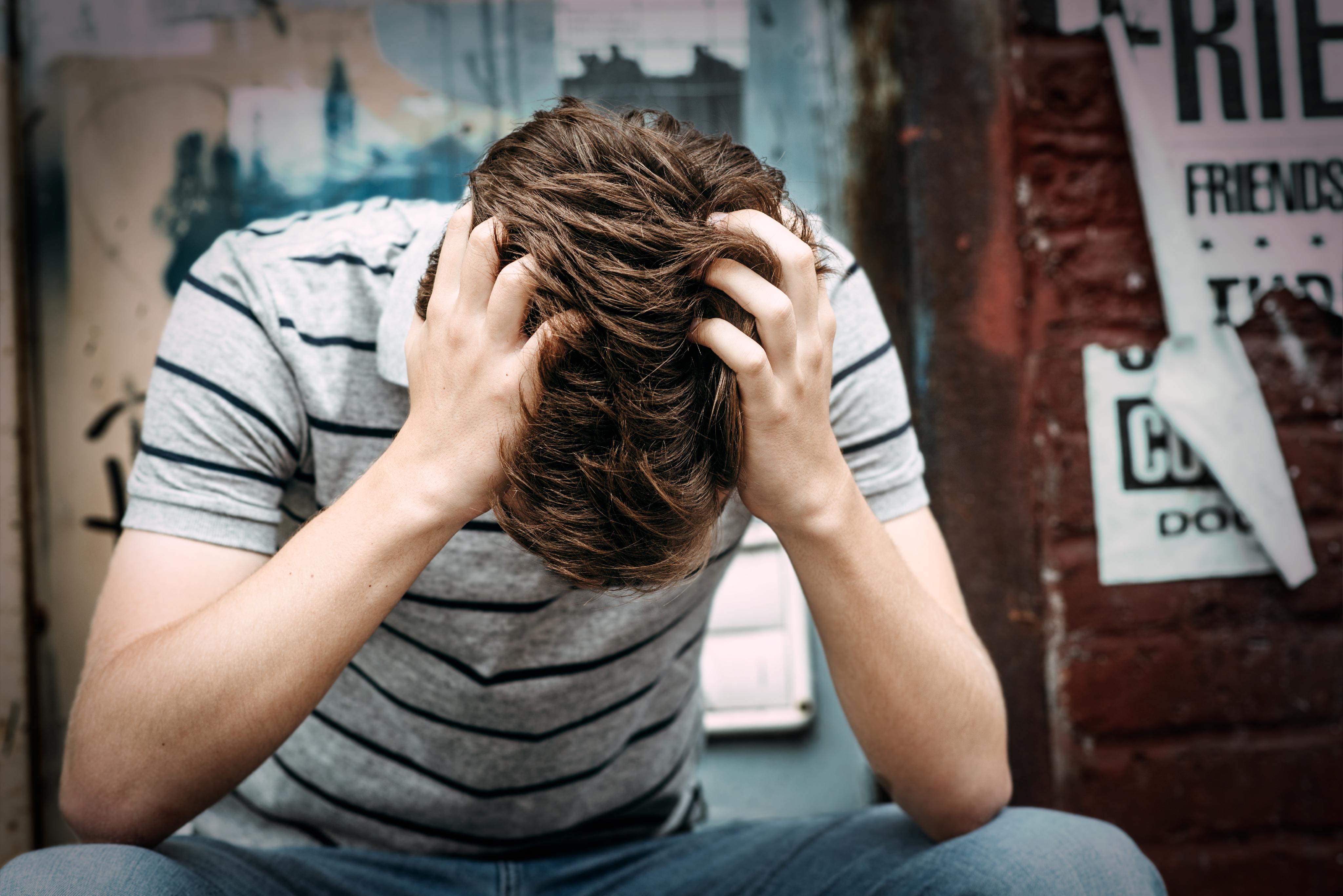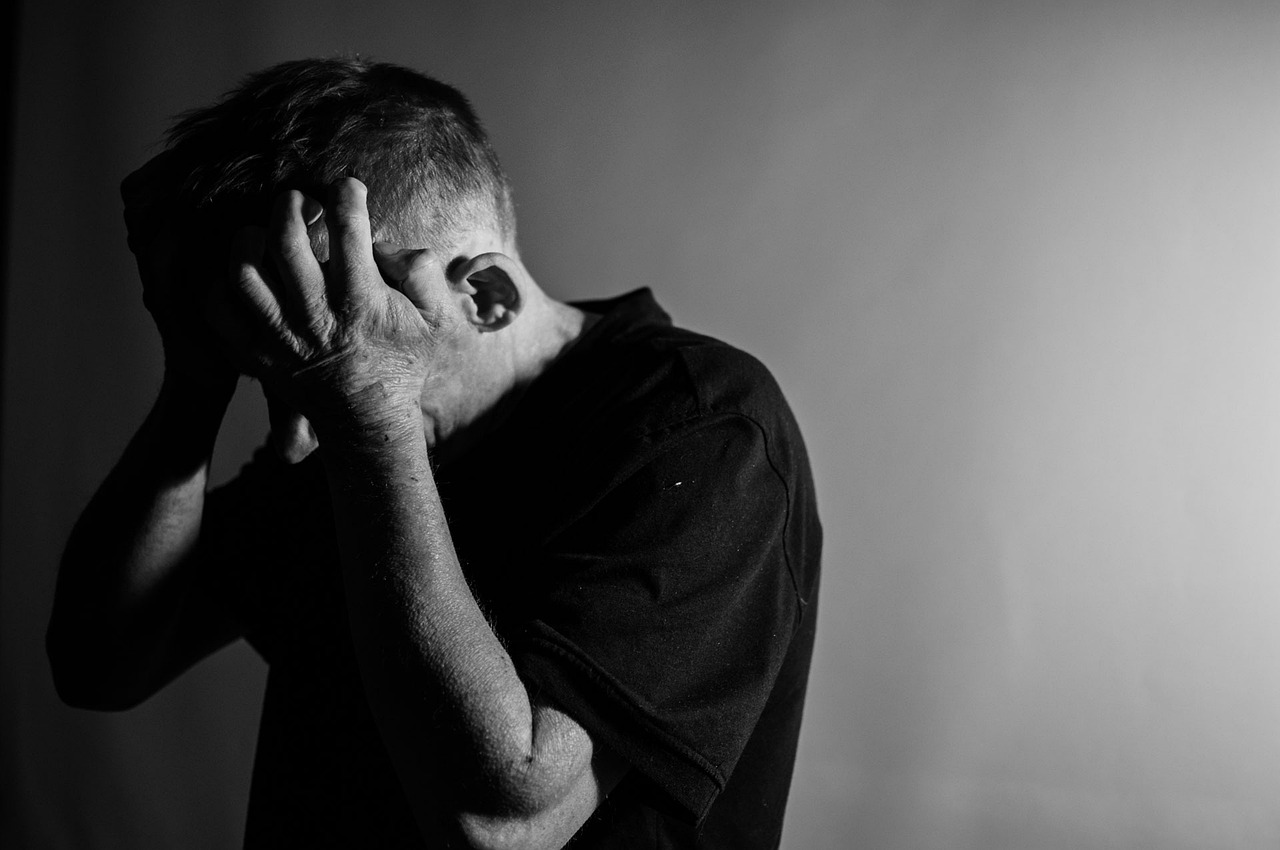We’ve previously discussed how Generation Z is struggling in our modern, anxious era, facing an epidemic of suicide.
However, it’s not just the youth who are suffering.
From 2000 to 2018, American suicide rates rose 30%. In 2020, 12.2 million adults seriously considered suicide, with 1.2 million attempting it, leading to nearly 46,000 American deaths. This makes suicide the 12th leading cause of death in the United States.
Suicide isn’t a uniquely American problem; it is actually the 15th leading killer in the world, taking nearly 800,000 lives globally in 2019. In an era where medical and technological advances have made life better and longer, why are we cutting our own lives short at such a staggering rate?

The data of suicide
When we dive into the data on suicide rates, we uncover all kinds of illuminating trends, both expected and unexpected.
Some of the statistics won’t be surprising to anyone who has been paying attention. As the CDC has reported, “Veterans, people who live in rural areas, sexual and gender minorities, middle-aged adults, and tribal populations may disproportionately experience factors linked to suicide.”
However, one of the more surprising statistics is that following closely behind middle-aged American Indian males, middle-aged white males are significantly more likely to commit suicide than any other demographic group. When white males are undeniably more likely to have higher incomes, more nurturing educational upbringings, and better health outcomes than their demographic counterparts, it’s hard to understand why they face such terrible mental health battles.
Not a lot of attention or sympathy is given to this group due to their perceived privilege and success. However a society in which a bunch of depressed, lonely, and heavily armed men have no healthy outlets for their pain isn’t good for anyone.
White men and gun deaths

Compared to most other developed countries, gun deaths in America are disproportionately high, largely due to suicide, and men are more likely to use guns for suicide than women. In fact, while women are more likely to attempt suicide, men are 3.88 times as likely to complete the act. This may be because men are more likely to use violent methods to commit suicide than women, who most commonly attempt overdoses.
But this still leaves the question of why white men are so prone to attempt suicide, especially compared to, say, black women, who are consistently the least likely to commit suicide of all demographic groups by a significant margin. What differentiates white men from black women, a group that is far less likely to have as many economic or social opportunities?
The friendship recession
Experts point to the fact that adult men are less likely to have close connections than women. It’s been called a “friendship recession,” and it’s hitting white men especially hard. In the last 30 years, men who say they have at least six close friends has dropped from roughly 50% to 25%. Around 20% of single men say they don’t have a single close friend at all.
A significant factor be may be the large down turn in church attendance, particularly for white men. More than any other demographic group, white men are less likely to have any religious affiliation, or regularly go to church even if they are religious. That’d be fine if there were equivalent social groups for them to join, but there aren’t really. Unless you count extremists hate groups like the Proud Boys, which, unfortunately are filling the social interaction void for far too many white men.
A society in crisis

The fact is, millions of Americans – and millions more around the world – are struggling. Our species is facing an unprecedented mental health crisis. Demographic data points clarify the scope of the problem, but we shouldn’t allow them to make us complacent. Even the groups who are less likely to commit suicide still have serious mental health concerns. We all do.
Mental health affects us all, and therefore we need better mental health care. It’s one of the few talking points that people on both sides of the political divide agree on. Unfortunately, far too often, it’s just talk, no action. We need leaders – political, religious, and social– to keep pushing to destigmatize talking about mental health issues and advocating for universal mental health care.
That goes double for men. Too many struggle in silence until they reach a violent end—either theirs or someone else’s.

